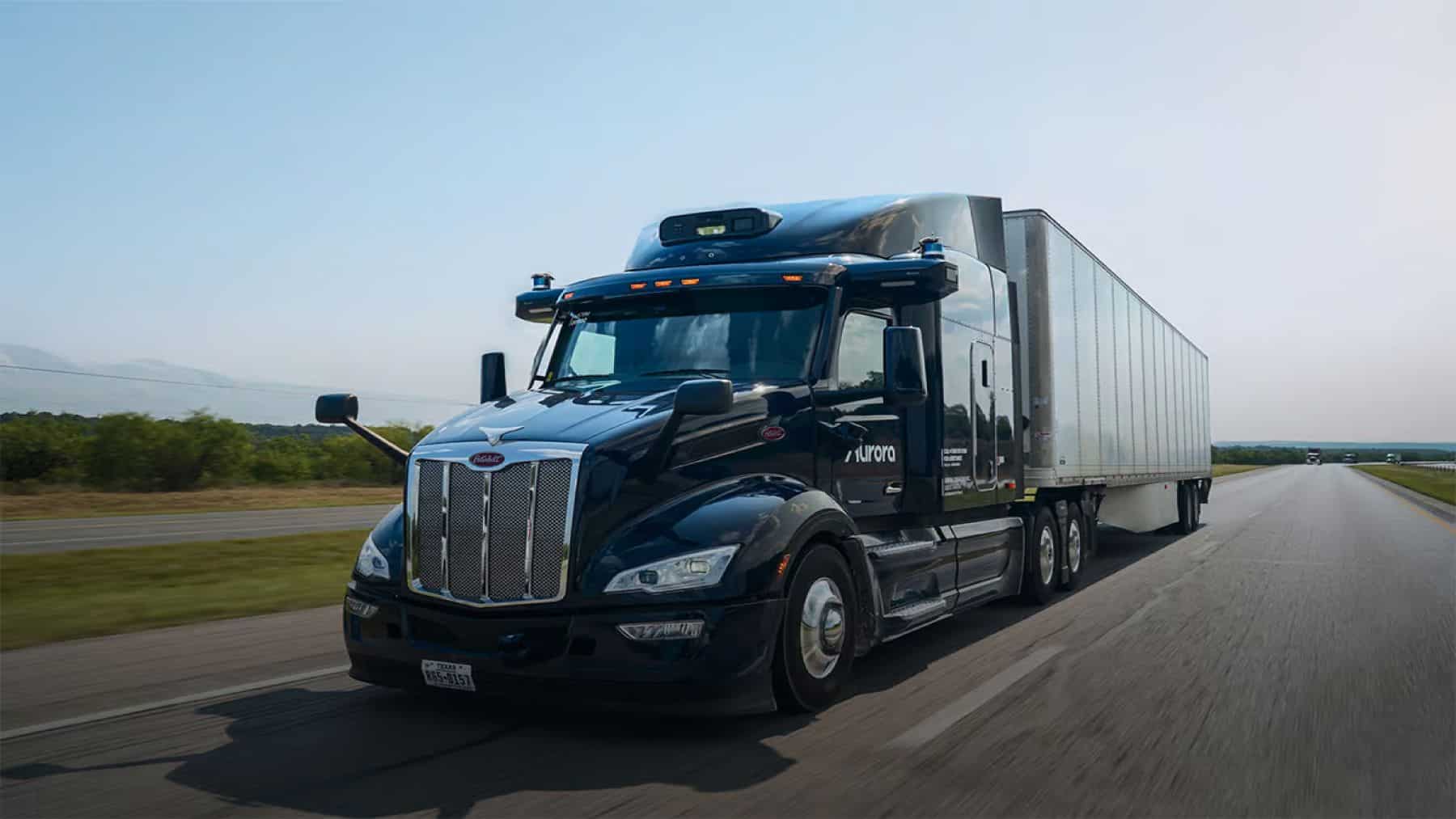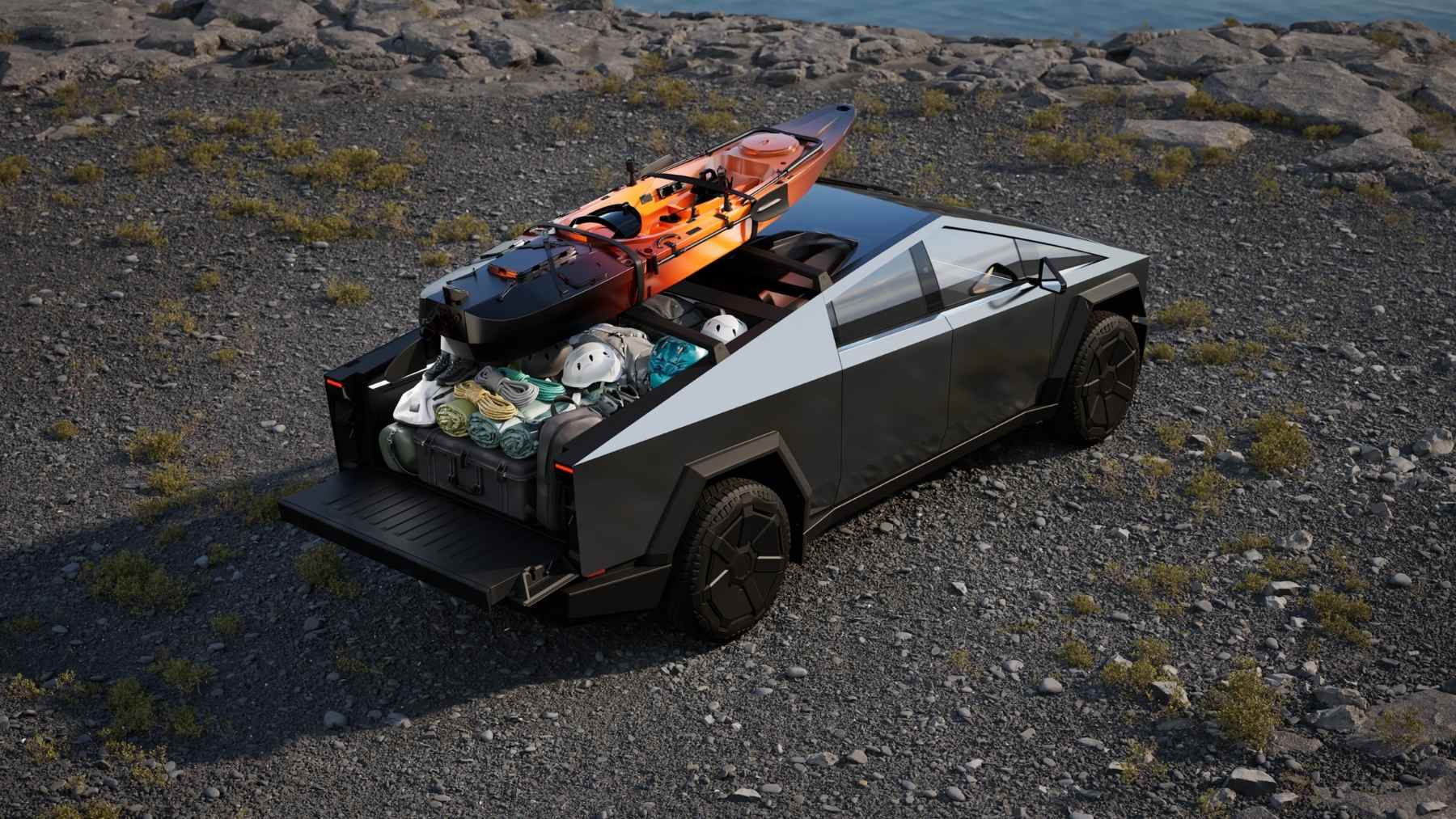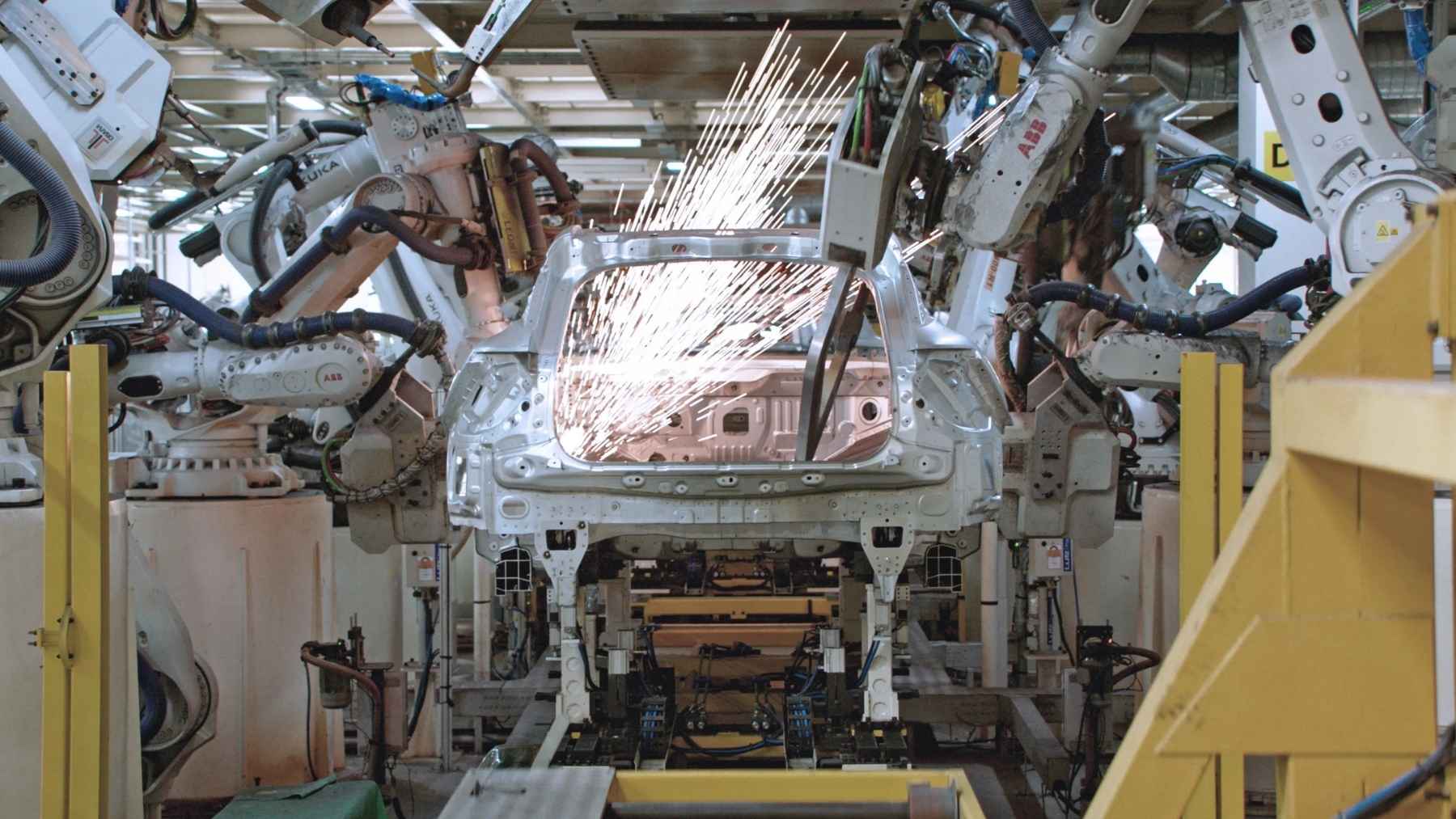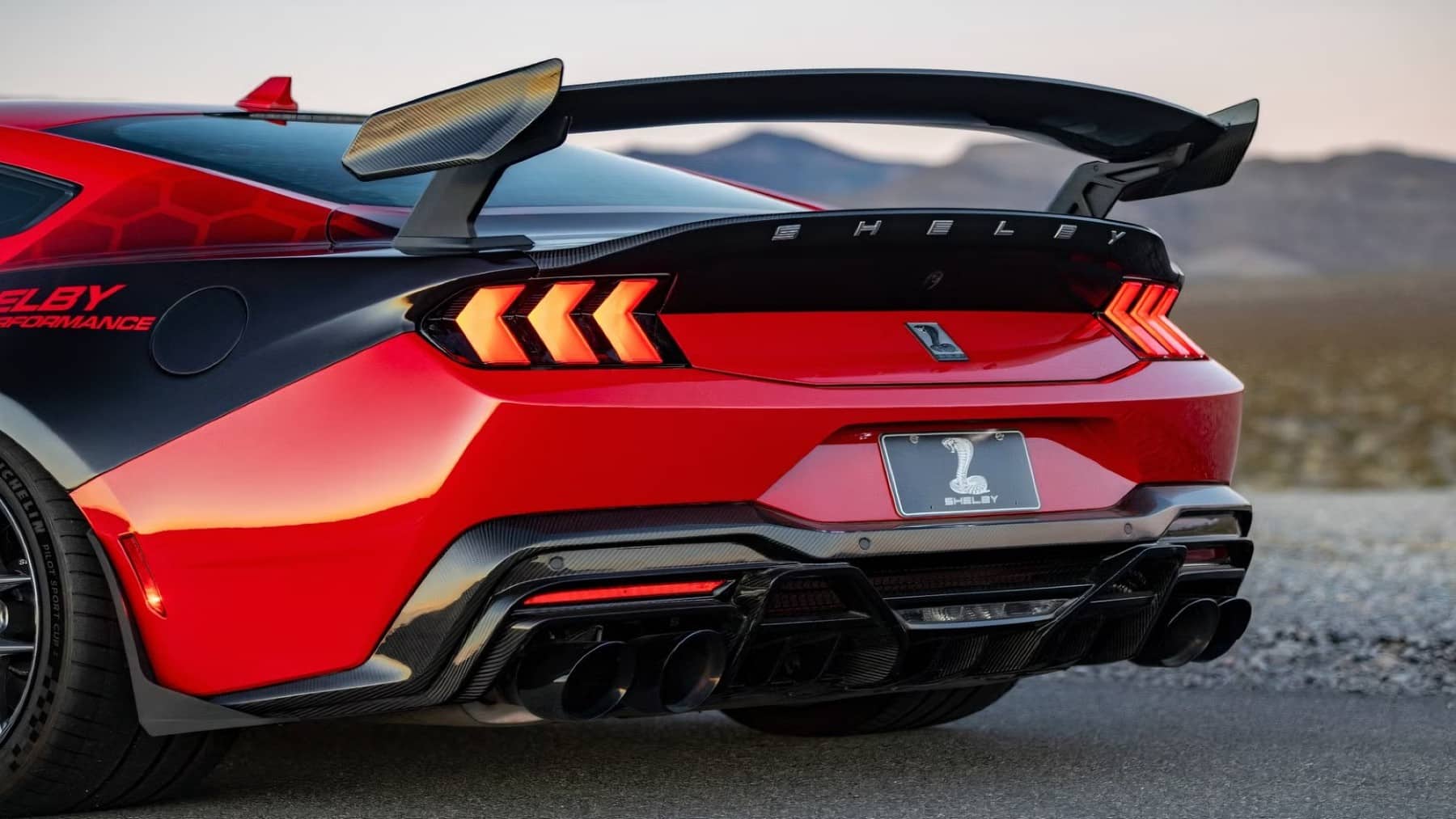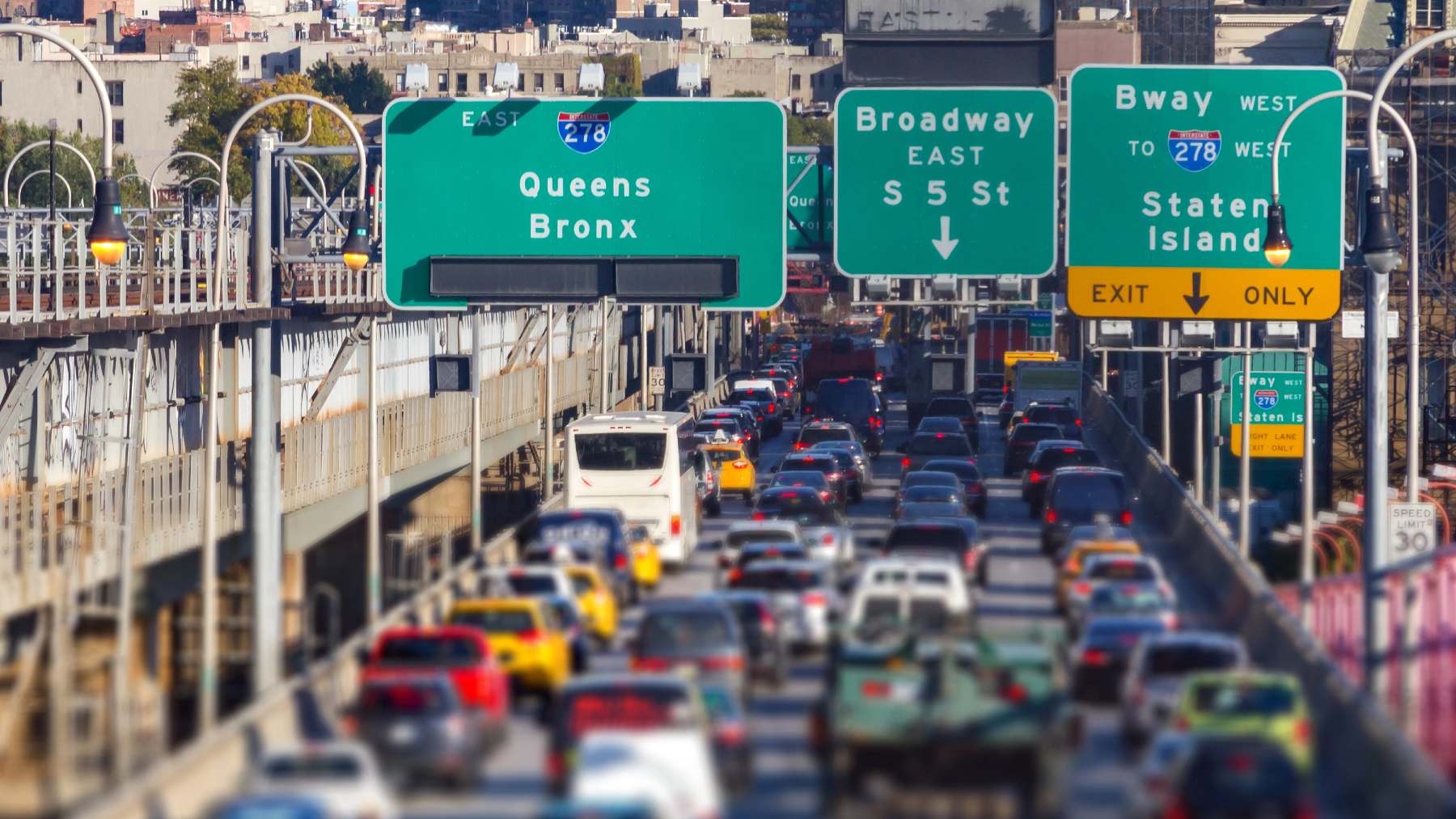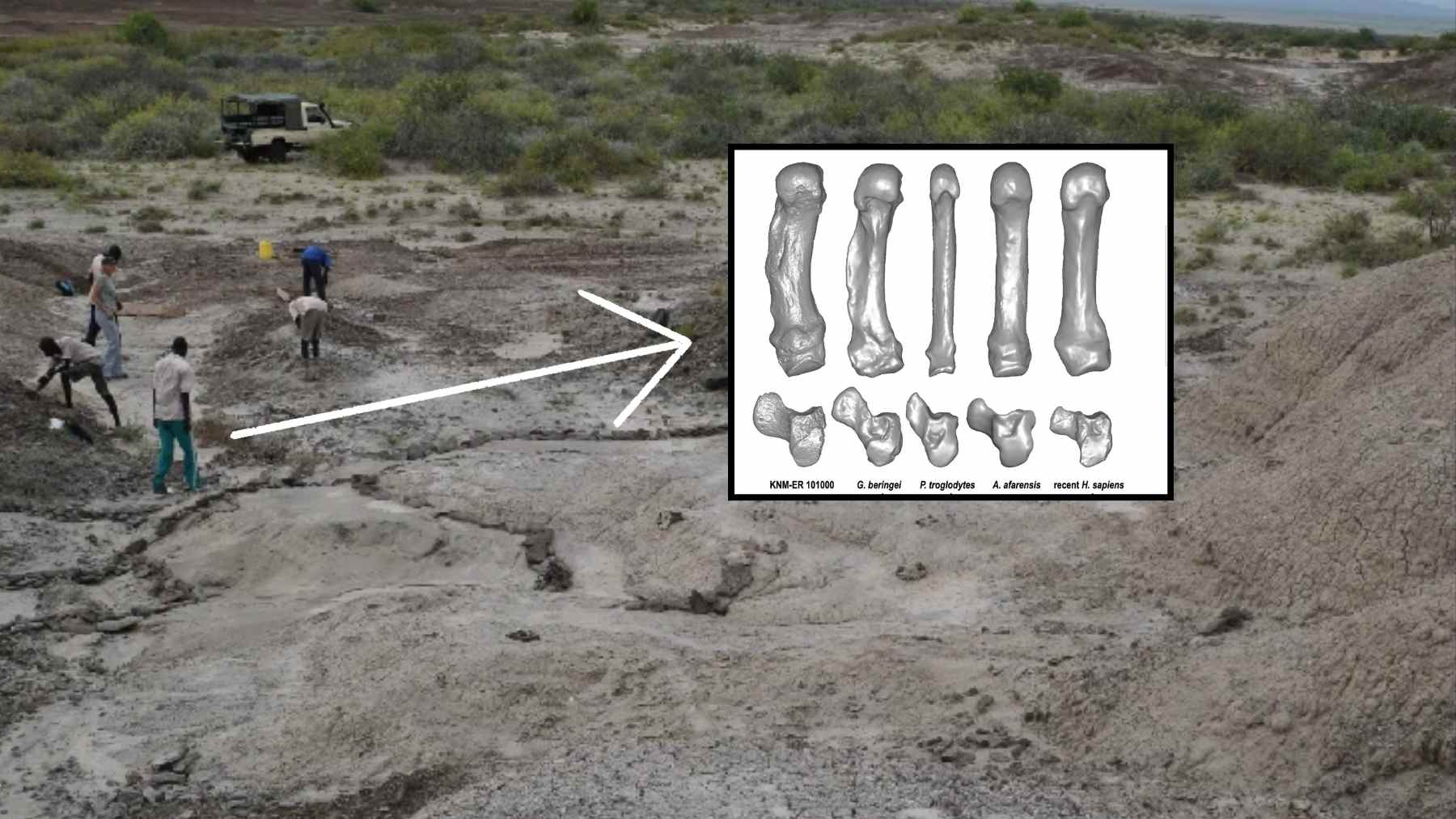Driverless technology has been the latest major venture in the automobile world. While the industry has been focusing heavily on sustainable and alternative engine solutions to achieve carbon-neutral goals, some companies are thinking even further into the future, envisioning a world where there will no longer need to be a human driver behind the wheel. However, this autonomous technology has run into obstacles, making standardization and implementation difficult.
The shaky future of autonomous driving
In terms of futuristic automobile designs, autonomous driving probably ranks the highest. However, the technology has had a difficult start in getting off the ground. Tesla is an automobile company that has been pushing this technology. Currently, they have two versions of autonomous driving technology for their vehicles: Autopilot and Full Self-Driving (Supervised). Chinese electric car competitor BYD has also been implementing autonomous technology into its vehicles.
However, Tesla has received increasing backlash concerning the technology’s performance on the road, highlighting to other companies the difficulty in getting autonomous driving systems more prevalent. In addition to this technology, Tesla has also been working on their “Robotaxi” service, which is also designed to be autonomous; however, this project is still limited in terms of its release and availability.
A driver is needed in driverless trucks for this
Passenger vehicle developers are not the only automobile experts who are looking at the potential autonomous driving holds. Aurora, a company specializing in the development of self-driving trucks, has previously announced last month that they were ready to send their autonomous trucks for the first time onto the highway between Dallas and Houston.
However, the company has since decided to backtrack on these plans and is keeping a driver behind the wheel. The company stated that their partner, PACCAR, the manufacturer behind the trucks, has requested that a driver be present during the drive. However, the company has maintained that the trucks are capable of driving without such backup and are operationally safe, and the driver will only be there in the case of an emergency:
“We are confident this is not required to operate the truck safely based on the exhaustive testing (covering nearly 10,000 requirements and 2.7 million tests) and, after much consideration, we respected their request and are moving the observer, who has been riding in the back of some of our trips, from the back seat to the front seat,” a spokesperson for Aurora said in a press release.
The major problem with self-driving vehicles
The major problem with autonomous driving companies like Aurora and Tesla are facing is not only receiving safety approval from road regulatory companies, but also accounting for the human error of other drivers who are not using autonomous driving. Realistically speaking, the best way to implement autonomous driving is if every vehicle on the road worked off of these systems. In addition, the technology faces a variety of ethical dilemmas, such as who is responsible in the case of a car accident.
Adding to the complexity, even if all cars had this technology implemented, it would need to be standardized technology. Without this, it is difficult to say whether different systems would be able to operate safely. Severe infrastructure upgrades would also need to be implemented, not to mention the expenses and power demands such technology needs to operate.
The bottom line is, most people still do not trust this type of technology. The regulatory challenges Tesla has encountered are an example to other automobile companies that trying to implement this technology will take a considerable amount of effort. While the potential of driverless cars is alluring, it may be better to focus on other solutions, which are more sustainable and practical, such as increased expansion and efficiency of public transport instead of private passenger vehicle development.
